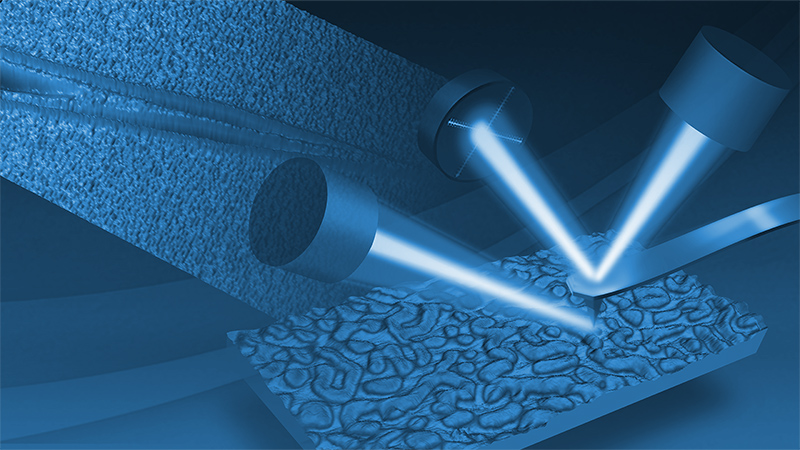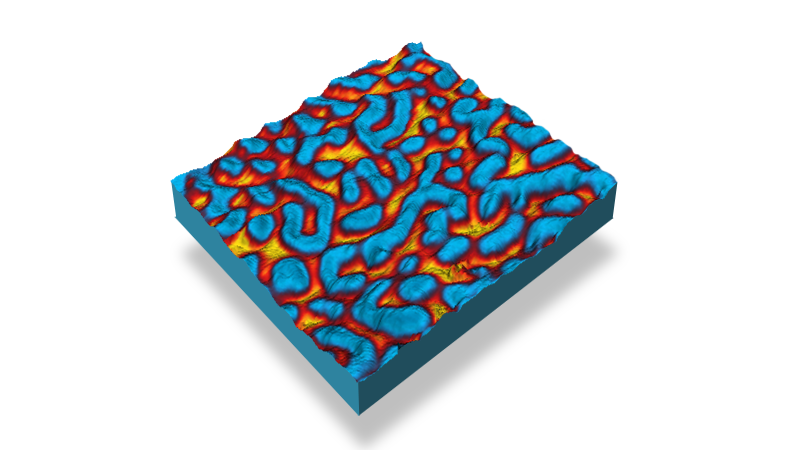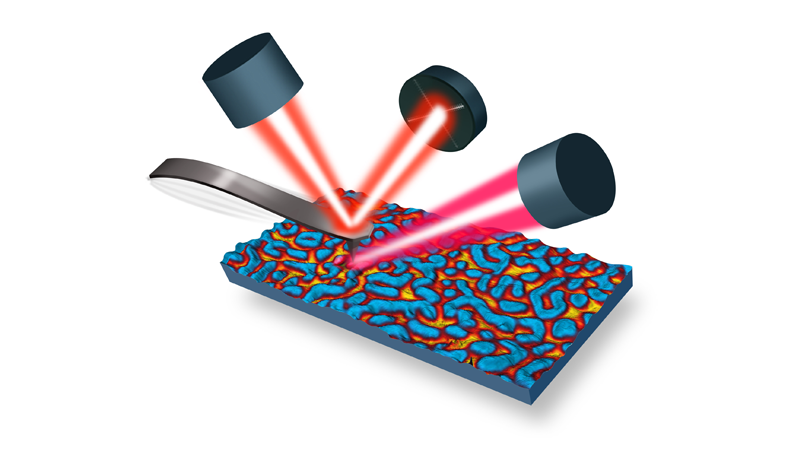

Network Polymer Degredation Mechanisms Using nanoIR Spectroscopy
Explore how nanoscale IR spectroscopy can be used to analyze network polymer degradation.
In this webinar, presenters discuss network polymer degradation mechanisms using nanoscale infrared spectroscopy:
- Dr. Eoghan Dillon from Anasys Instruments gave an introduction to the AFM-IR technology and innovations like tapping AFM-IR and fast spectra technology.
- Dr. Suzanne Morsch from the University of Manchester then presented her research using AFM-IR to study water damage to epoxy phenolic resins, UV aging of linseed oil paints containing titanium white pigments, and aging of epoxy amine resins.
- Dillon then discussed other techniques like environmental control chambers, and answered questions from the audience.
Webinar Summary
This webinar was presented by Anasys Instruments to discuss network polymer degradation mechanisms using their nanoscale infrared spectroscopy technology called AFM-IR.
Dr. Eoghan Dillon from Anasys first gave an introduction to their AFM-IR technology. AFM-IR works by detecting the thermal expansion of a sample when irradiated with pulsed infrared light. This allows for nanoscale infrared spectroscopy and chemical imaging.
Dillon discussed some recent innovations in AFM-IR like tapping AFM-IR and fast spectra technology. Tapping AFM-IR uses an oscillating tip to intermittently contact the sample, improving spatial resolution to 10 nm. Fast spectra technology uses a continuous laser sweep to reduce acquisition time from minutes to seconds, enabling hyperspectral imaging.
Dr. Suzanne Morsch from the University of Manchester then presented her research using AFM-IR:
- Water damage to epoxy phenolic coatings: Water uptake was heterogeneous, occurring more in crosslinked regions, leading to a nano-porous structure upon immersion.
- UV aging of linseed oil paints containing titanium white pigments: AFM-IR revealed local degradation near pigment particles and showed that the carboxylic acid peak may be a better indicator of degradation than lactone peaks.
- Electrical aging of epoxy amine resins: Localized chemistry changes were found near visibly damaged regions using AFM-IR. Esters formed outside of damage tracks while alkynes concentrated just outside tracks.
Dillon then discussed other AFM-IR accessories and answered questions from the audience about sample thickness requirements, polarization experiments, and system upgrades.
Find out more about the technology featured in this webinar or our other solutions for nano-IR:
Q&A Session
Note that some Q&A responses in our older webinars may not reflect current offerings. Check out our latest capabilities at Nanoscale Infrared Spectrometers | Bruker.
- For tapping mode, is the IR signal acquired at F2 or still at F1? Is the signal acquired simultaneously with the topography image or a second repeated scan?
- Are contact based methods still used or has tapping mode IR totally replaced those?
- Is there any special environmental needs for these instruments?
- Regarding the electrical degradation of insulators, is there any C-AFM/KPFM measurement done the correlates with the infrared imaging?
- Can you share more details of hyperspectral imaging for the pharma industry?
- Are there any requirements for sample thicknesses?
- For the degradation experiment, were there any polarization-sensitive experiments done?
- Can the nanoIR2 or nanoIR be upgraded with the latest developments?
Featured Products and Technologies
Speaker
Dr. Suzanne Morsch, Research Fellow, AkzoNobel Laboratory for Corrosion Protection in the Department of Materials at the University of Manchester
Dr. Suzanne Morsch obtained her Ph.D. in Surface Science from the University of Durham in 2013, for research focused on AFM lithography and plasma polymer films. Since 2013 she has held a role first as the lead Research Associate, now as Research Fellow, in the AkzoNobel Laboratory for Corrosion Protection in the Department of Materials at the University of Manchester. Her research focuses on the relationship between nanostructure, small molecule transport, and degradation of polymer networks.


